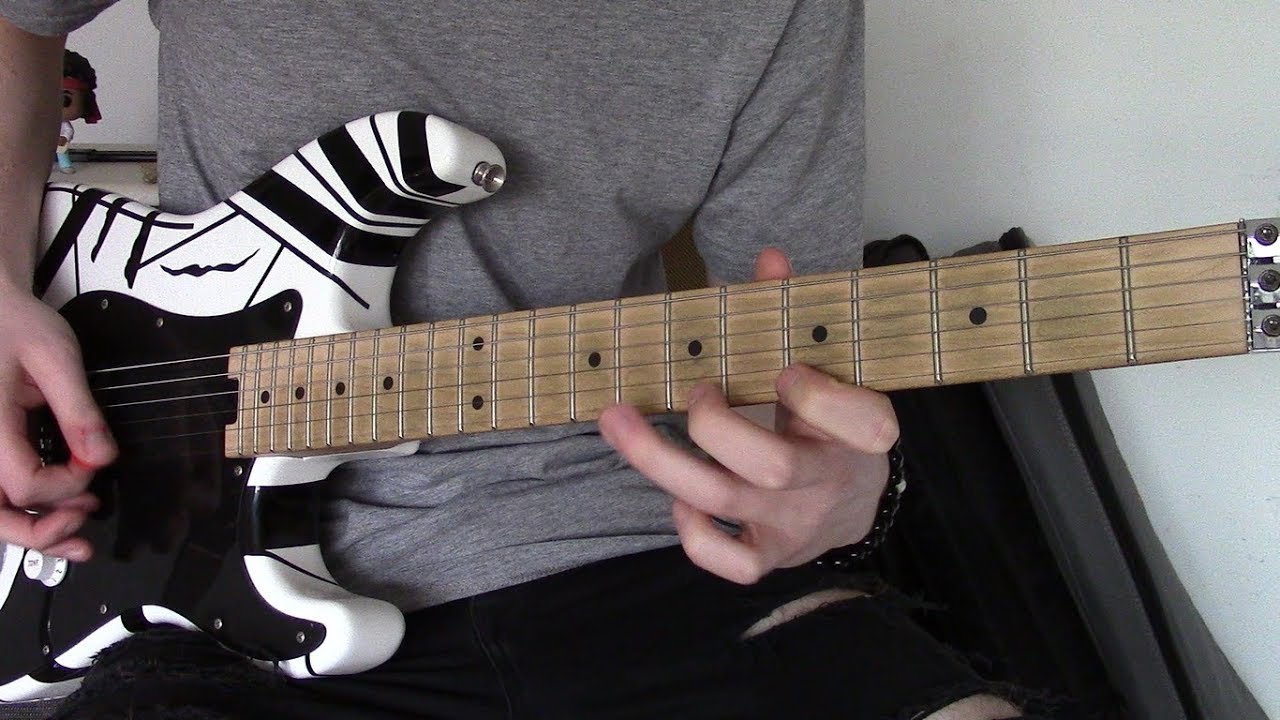Let’s take something like the line below: I simplified it so you don’t have to worry about fingerings with your fretting hand. We only focus on the picking hand.
-------------------------------4-5-7--------------usx
-----------------------4-5-7-----------------------dsx
------------4-5-7----------------------------------usx
—4-5-7-------------------------------------------usx
If I alternate pick through this, it means I have to switch from usx to dsx back and forth through long lines? My wrist/forearm being modified through a blazing line leads me to a ton of errors.
I thought, maybe this should be Economy picked as follows:
-------------------------------4-5-7--------------DUD
-----------------------4-5-7-----------------------DUD
------------4-5-7----------------------------------DUD
—4-5-7-------------------------------------------DUD
This is kinda like Yngwie descending line in blackstar. Lines like these (three note per string) are super easy legato but picking through it is impossible and horrific for me. If I get it clean with alternate picking, it’s about 60% speed of legato. I want it to match the speed.
All the changing of usx to dsx back and forth makes too many mechanics to sound clean. How do you deal with lines like this?

